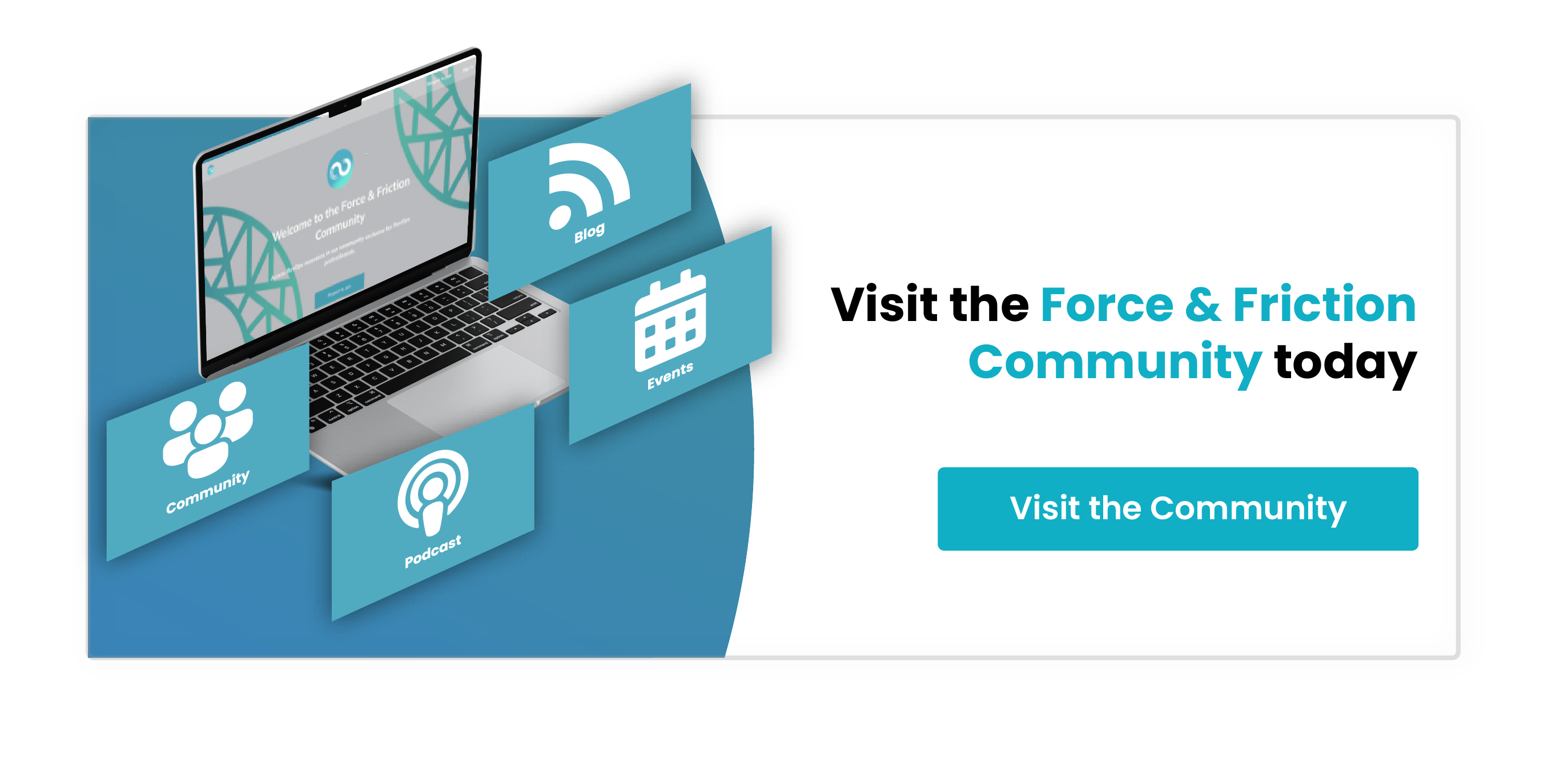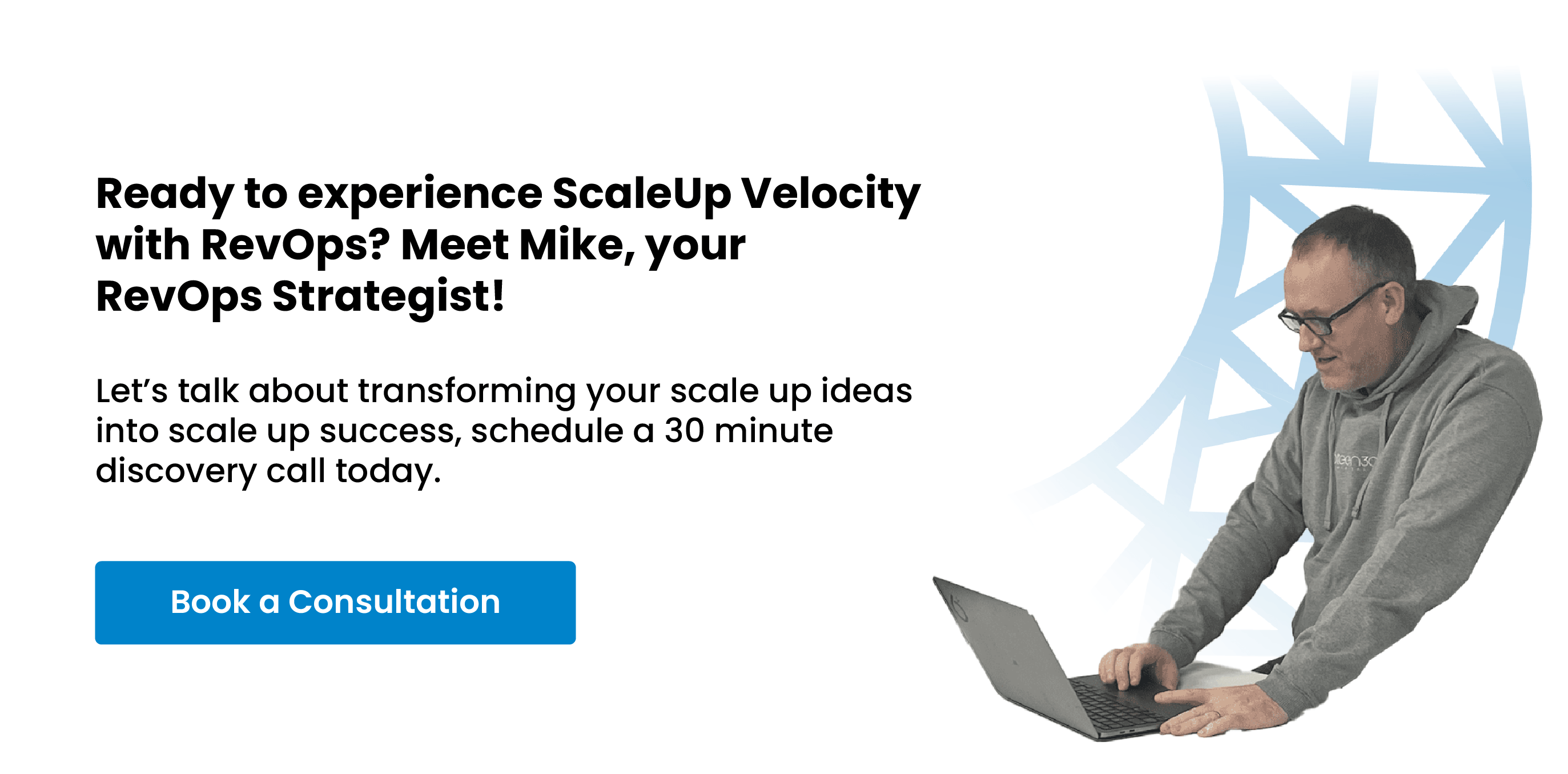
4 Steps You Need to Evaluate and Iterate Your RevOps Strategy
As your company, and its customers, change, it’s normal for your approach to revenue operations to adjust.
Like many things in business, your RevOps strategy should be fluid and be ready to change when any internal or external forces affect the way you do business.
This process of adjustment is something that all businesses should frequently look at. Rather than seeing your business strategies as stagnant and cemented in your day-to-day activities, it’s all about shifting your focus to looking at them as a constantly evolving plan never set in one place.
RevOps is all about leveraging insights to take your company further and, as McKinsey explains, it ties in neatly with revenue growth management (RGM). Both these topics are focused on helping businesses achieve the revenue growth they aspire to by using the right data and information in the correct way.
Some of the key aspects of RevOps that McKinsey suggests looking at when it comes to evaluating and improving your RevOps strategy include:
-
In which category do your products and services sit?
-
Who are your competitors and how are they performing with certain products or services?
-
Who are your customers and how can your company influence their purchasing decisions?
-
Are there any particular usage or consumption occasions that your products or services aren’t currently meeting?
-
What revenue channels do you currently have and how can you improve them?
If we think about sustainable growth, which should be one of the top goals for many business managers, the key is to master the art of improving internal processes, and managing external influences, all while delivering a smooth and seamless service to your customers.
Technological change is moving faster than many people even realise, which is having a huge impact on the way that customers interact with products and services. These changes mean that companies can constantly improve their products. This, in turn, has encouraged customers to expect a lot more from the companies they choose to invest their money in.
In this new landscape, it can be tricky to attract and retain customers. You need to prevent inefficiencies, enhance operational performance, and create a slick purchasing journey for your customers. To achieve all these things and help your business thrive, transforming your revenue operations models can give you a significant competitive advantage.
RevOps has become the driving force which has helped countless businesses to strategise and accelerate their growth and minimise inefficiencies but, it’s not something that is always easy to implement and action.

The 3 Core Elements of your RevOps Strategy
Your RevOps strategy is an ongoing process that needs to be reinvented and evaluated over time if you want it to keep up with the fast-moving pace of your business.
Although there is no one-size-fits-all approach to a RevOps strategy that will work for each and every business, there are three core elements that every company should consider.
There are three core elements fundamental to any successful RevOps strategy:
1. Implement systems that collect the data you need to discover growth opportunities
It’s hard to determine how to improve your RevOps strategy when you have no data or evidence to guide your choices.
Creating a strategy without the use of any previous data is like trying to drive a car without the headlights, it’s almost impossible. Using previous data can help you to establish a benchmark that will act as your guiding light through the strategies you implement.
These systems don’t need to be extremely complicated, but they should be able to provide you with the key metrics and KPIs you need to identify potential issues and opportunities within your business.
2. Effective lines of communication with company leaders with the power to address and action new strategies
In many cases, business-wide change can only be effective when you have buy-in at all levels – most importantly, the leaders who have the power and resources to implement any changes that are deemed necessary.
To encourage their support, there must be open lines of communication between these people. They need to be kept up to date with the KPIs you’re looking at, how you are identifying opportunities, and the different strategies you hope to implement.
Whether you invite them into regular meetings to update on their progress, cc them into emails regarding change management, or give them a more hands-on role in evaluating strategies, these leaders are vital components in any RevOps evaluation.
3. Align the relevant teams around the metrics and goals you need to make change happen
No matter how small or big your business is, you have access to a range of skills and resources within your workforce and aligning them correctly will be fundamental to any RevOps changes.
This starts with identifying the skills and weaknesses of each team and evaluating how they will be able to aid in change efforts. Letting teams take ownership of the goals and metrics they are directly able to influence will pay off in the long run when each moving part of your change process is managed effectively.
Turning Opportunities Into Goals
One of the hardest parts of RevOps evaluation and iteration is knowing how to prioritise all the opportunities you have identified so you can direct appropriate resources at the opportune time.
It’s normal for businesses to find many areas that need to be improved, internally and externally, especially if this is going to be the first iteration of your RevOps strategy. However, knowing which is the biggest priority for your business can be one of the hardest things to pin down.
In some cases, you may be lucky and have a very clear idea of what needs to be improved first. These things will normally be areas that directly impact your customer experience or areas that a causing a bottleneck within your production process. If you’re able to quickly highlight these areas and put changes in place to address them, you can significantly reduce inefficiencies and improve your revenue strategies.
Sometimes, you may find that there are a number of potential opportunities that will all have an equal impact on your business – but will be impossible to implement all at once. If you find yourself in this situation, the evaluation process will become important to you.
Focussing on what’s important
No one can do everything at once, even if you have a large team and plenty of resources. When you try to do too many things, it can often negatively affect the quality of your output.
When it comes to evaluating and iterating your RevOps strategy, remaining focussed on just a few areas at a time will allow you to have the most sustainable success that can be repeated time and time again. Your sales process is at the very heart of your business, with any improvements you make having a direct impact on your level of sales, so you want to make sure that you do it right the first time.
Some of the things that you may identify throughout the evaluation process could include not getting enough customer information in your contact form, or not having enough feedback loops to provide the right information to the right team. Both of these things are very important to your business, but in order to create lasting improvement, it’s important to have a laser focus on improving one area completely before moving on to the next. Otherwise, you may find yourself continually coming back to the same improvements as they haven’t succeeded in improving revenue.
Remember, your RevOps strategy is usually a long-term vision you have for the company and isn’t something that can be changed overnight. Taking it slow is the optimal approach as you can build on your short-term tasks and opportunities so they help you get closer to reaching your company’s overall vision.
Many of the areas you identify may be tasks that take a couple of weeks, or even months, to complete but, by setting priorities you can create meaningful impact and keep your teams focussed on getting the most out of every improvement.
Revenue is the key driver of your business
Without revenue, your company will not last. A healthy cash flow coming into your business is one of the most fundamental things that all companies can agree on, which is why it is so important for you to enhance the sales process that brings in this revenue.
Evaluating and iterating your RevOps strategies will take a lot of time and effort from the whole of your team, but it will ultimately be worth it in the long run.
Maintaining and optimizing the sales process can easily make or break your entire business, but when you are able to ensure that the process is running smoothly, you’ll be able to free up your team’s time to work on other value-adding tasks like improving the customer experience, enhancing your products and services, or designing new products.
Establishing Daily Priorities
When companies think about change management and improving RevOps strategies, they will often jump ahead to the final product and the vision they have for the future. Although it’s beneficial to have a good idea of where you want your company to end up, it can sometimes be demotivating to have the final picture with no guidance on how you plan to get there.
Your employees can find it hard to find a connection between their daily tasks and the overall vision but, as is the case with any type of change effort, these small tasks lay the foundations for monumental change.
Breaking down larger opportunities into manageable, daily tasks will help keep your entire team on track. Establishing daily priorities will also provide you with the focus you need to keep everything on course towards your overall objectives. Your overall vision can be broken down into quarterly, monthly, weekly, or daily goals depending on what you’re working on and the effort required from your team.
Translating your vision to your team
As we’ve seen, encouraging buy-in from all levels of your company is an important part of change management. It’s important to also concentrate on getting buy-in from the people on the ground who will be pushing forward change in a more direct way than many of your senior leaders.
Translating the long-term vision of your company to your employees is key to iterating your RevOps strategy. They need to know about the data you have collected and the opportunities they have created to ensure their daily tasks are supporting the overarching vision of your company.
Again, it comes down to prioritization. In an ideal world, your employees will not be doing any daily tasks that don’t contribute to the final goal. You should actively look for ways to remove some of the non-essential tasks from their plate so they can remain focused on the end goal.
As your team begins to work on daily tasks, you’ll be planting the seeds for long-term improvements that will drastically impact your company’s growth. There is a big opportunity for these small-scale tasks to magnify into meaningful change and improve your strategies even more.
The important thing is to adopt a mindset of continuous improvement, each day is a chance for you to learn and grow from the tasks that you are doing. Your team can figure out ways to improve tasks, speed up their work, and identify further opportunities for growth that can accelerate the path to success.
Once you learn to take setbacks and uncertainty in your stride and understand that everything is a learning experience that will get you one step closer to the optimal RevOps strategy.
Accelerate your RevOps strategy
The path to improving your RevOps strategy can start today by implementing systems that identify opportunities, communicating these opportunities to your entire team, and measuring the progress you’re making against both your short-term and long-term goals.
As you and your company start the process, everything you learn along the way will help you turn opportunities into goals and help you build a successful RevOps strategy for sustainable revenue growth.







%20-%20Teal.png?width=500&height=130&name=Force%20%26%20Friction%20-%20Branding%20-%20Logo%20(White)%20-%20Teal.png)